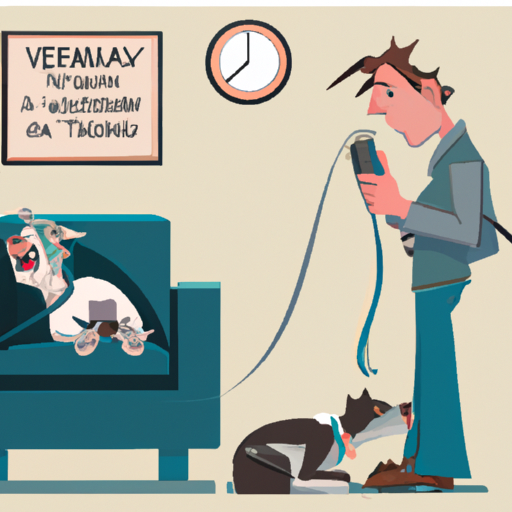Understanding Sedation
Sedation in dogs is quite similar to that in humans. Your furry friend may need to be sedated for a variety of reasons such as during a surgical procedure, during travel, or to ease anxiety or agitation. Sedation involves using medications to help calm your dog or make them sleepy. These medications can range from mild tranquilizers to more potent anesthetics that can put your dog into a deep sleep.
Factors Influencing the Duration of Sedation
The duration of sedation can vary greatly depending on several factors:
- Type of Sedation: Different types of sedatives have different durations of effectiveness. Some may last for just a few hours while others may last for a day or more.
- Your Dog’s Age and Health: Older dogs or dogs with health conditions may process sedatives slower than young, healthy dogs, therefore, the effects may last longer.
- The Dose Given: The larger the dose, the longer the sedation is likely to last.
Typical Sedation Duration
| Sedative Type | Average Duration |
|---|---|
| Mild tranquilizers | 1 – 2 hours |
| Moderate sedatives | 2 – 4 hours |
| Potent anesthetics | Several hours to a day |
Remember, these durations are averages and the actual duration can vary greatly depending on your dog’s specific circumstances.
Waking Up From Sedation
After a procedure, your dog may be groggy or disoriented as the sedatives wear off. This is normal and to be expected. It’s important to provide a quiet, comfortable space for your dog to recover. Keep a close eye on them to ensure they do not injure themselves while they are still unsteady.
Care After Sedation
Post-sedation care is crucial for your dog’s quick recovery. Here are a few tips:
- Limit your dog’s activity for at least 24 hours post-sedation.
- Provide a quiet and comfortable resting space.
- Keep your dog hydrated but limit food intake for the first few hours post-sedation.
- Monitor your dog closely for any adverse reactions to the sedative.
Frequently Asked Questions
How can I help my dog recover from sedation?
Keep them comfortable, limit their activity, and keep them hydrated.
Are there any side effects of sedation?
There can be, such as grogginess, disorientation, and sometimes nausea. Always consult your vet if you’re concerned.
Can I leave my dog alone after sedation?
It’s not recommended. They may be unsteady and could injure themselves.
When should I be concerned after my dog’s sedation?
If your dog has not recovered from the effects of the sedative after 24 hours, or if they seem unusually distressed, contact your vet immediately.



